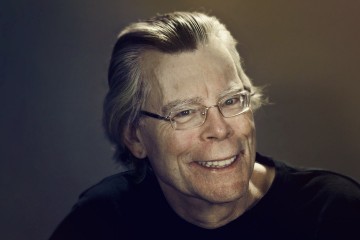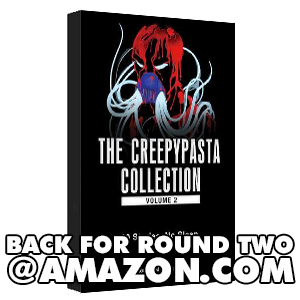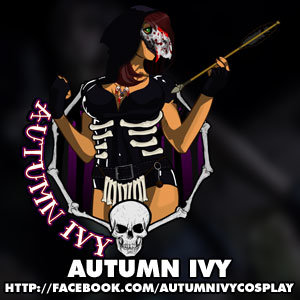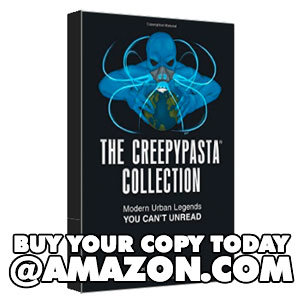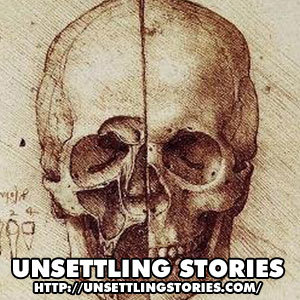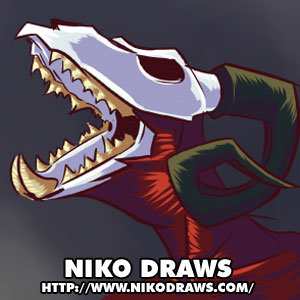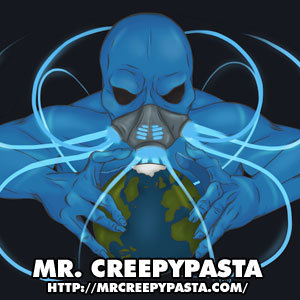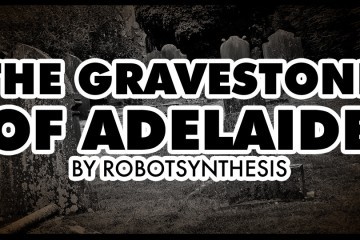A few nights ago, I attended my fortnightly Storytelling lecture at university. It was a particularly busy night, as our guest lecturer was the famous story and character consultant Laurie Hutzler, who had worked with many production studios, including: the BBC, Aardman Animation, Pixar, Disney and Dreamworks. She had visited my university before, and it was said that she was the best guest lecturer in the entire program. And I have to agree wholeheartedly.
Laurie’s lecture was concise, engaging and incredibly helpful, so I thought I’d share some of her tips with you! Here, take a look at my notes from class:
Your Audience’s ‘Aha!’ Moment
In Malcom Gladwell’s book, Blink, he discusses the psychological meaning behind those gut instinct moments when something doesn’t feel right, or a snap decision that springs out of the blue. He argues that these moments are your brain working at lightning speed and pulling on numerous parts of your brain at once, such as when you go to an auction and feel a piece of art is actually a fake, or find a trinket at a junk sale that is worth far more than the sticker price.
Your audience has these moments too, with your characters. From the moment they appear, your audience will judge them in an instant and go with their gut instincts. Sadly, you can be the next Shakespeare with your prose, but that counts for nothing if the audience feels your character is fake.
Vulnerability
Laurie asked the class to think of a film that we loved, in particular, one scene that really gripped us and made us feel genuinely emotionally connected to a character.
Try it yourself! Really visualise the moment and remember your emotions connected to that particular character.
In my class, the scenes two people talked about were in The Iron Giant and Star Wars: A New Hope. The scenes were when the giant tells Hogarth to stay on earth, before sacrificing himself, and when Luke Skywalker is looking at the two suns on Tatooine. She said that she has asked this question from classes from all over the world, and they had all said the same scene.
A scene where the character is vulnerable.
When their humanity connects with yours, and it’s a moment of weakness and change for them. Like Dorothy stepping from sepia Kansas into technicolour Oz, it’s a moment of emotional intimacy between audience and character, and you start to forget that they’re an intangible character and not a real person.
The keys to an emotional connection are vulnerability and verisimilitude (they feel like a real person). They don’t have to be human and heroic, but there should be a spark of genuine humanity within.
Reliability, Release, Recognition!
Laurie explained there were three key moments when an audience is presented with a character that helps to build a strong emotional tie:
- Reliability + Response: Your initial impression, and their enduring reliability to their true nature. Characters don’t change, they evolve!
- Release Scene: After a disaster or threat has passed, the scene of relief and calm that follows. Watching how a character responds to a crisis is incredibly important, as it determines the direction the story will go in and may change audience’s expectations.
- Recognition: When an audience recognises aspects in a character that feel familiar. ‘Oh, that’s just like my sister,’ or ‘They’re kind of like me!’ These traits are important if you’re making a character that may be completely alien to your audience, they need a few traits that make them seem human. Same goes if you’re writing for a particular demographic, such as young adults.
Backstory
It is not character development! Backstory is a series of events, good or bad, and what matters is the choices your character makes afterwards.
For example: two children from two separate families lose their parents suddenly. Both have experienced the same trauma. One child cuts themselves off from everyone else (friends and neighbours who try to help them), taking their pain internally and letting if fester into bitterness, anger and fear. The other child embraces the kindness of their friends and neighbours, forging new emotional bonds and able to move forward from their pain, growing into a healthy adult with a stinging backstory.
The events of your story make your characters better or worse than who they are at the start.
The Sound Off Exercise
Laurie told us about when she was brought on as a consultant for a TV series, and they were having trouble with a character. They had spent a lot of money to bring aboard a young, popular singer to the cast, in the hopes his fanbase would follow and watch the show pop over to these guys. They cast him as a James Dean-esque character, think leather jacket heartthrob with a dark attitude. But they found their audience just wasn’t responding to them, and they were struggling to work with his character.
She had a huge meeting with the writers, the director and producers; and she played some of his scenes, on mute. As the episodes played, she asked them what they thought of the character, purely on a visual basis without any dialogue to sway their opinion. Their thoughts included ‘sweet’, ’puppy dog’, ‘kind’, ‘supportive’. They could’ve have decked him in leather from head to toe, and it would have changed nothing. He just wasn’t the right fit!
You can try this out for yourself too. Think of a favourite character, but remove the dialogue, and judge their atmosphere, physicality and body language. How do they feel? What kind of attitude do they project? When you write your own characters, project them into your mind’s eye and it’ll help get a stronger idea of their inner self.
I hope you find these interesting and helpful when it comes to creating your own characters. If you like what you’ve read here, here’s the link to Laurie Hutzler’s website, where you can buy books with guides on creating engaging characters, as well as in-depth looks at the nine different types of characters: Emotional Toolbox Writing.
I’d like to end this post with her closing words from the lecture, which really struck a chord with me. Not just as a writer, but also as a narrator:
“Storytellers are the most powerful people on earth. For they possess the power to move the human heart…”
-SSQ




